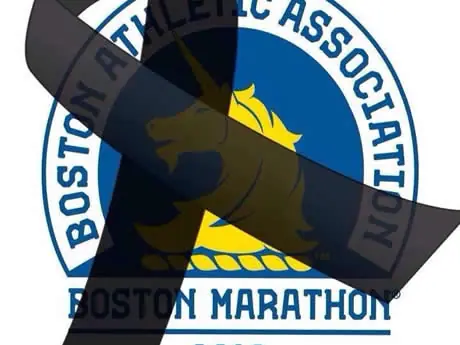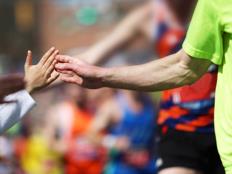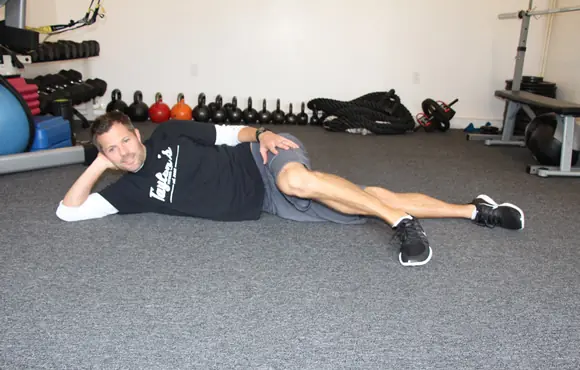
"We lost some innocence and some vulnerability on Monday [April 15, 2013]," says Marine Corps Marathon Race Director Rick Nealis. "It was a wake up call." As the explosions of Boston shook the earth under Boylston Street on April 15, a celebratory atmosphere quickly turned to horror and chaos. What is to many the pinnacle of sport has been forever changed, leaving race directors around the country scrambling to reevaluate security for already heavily policed events.
Most runners probably don't realize that the Boston Marathon has served as a testing ground for emergency action techniques for a number of years. In conjunction with the Massachusetts Emergency Management Agency, the National Guard and local authorities, the Boston Athletic Association utilizes the Next-Generation Incident Command System (NICS) that works to manage the marathon and ensure safety. An exercise in coordination on a large scale, NICS helps first responders to communicate and work together in the case of a disaster.
In 2008, Boston Emergency Medical Service Chief Richard Serino told the Boston Globe that they approached events like the marathon as, "planned disasters." He went on to state that such circumstances presented, "an opportunity to test some things you would never want to test in a real disaster."
It just turned out that, this year, the disaster occurred during the marathon.
More: First-Hand Accounts of the Tragedy at the 2013 Boston Marathon Finish Line
The response from the army of medical professionals, police, National Guard and volunteers could not have been better. And like other marathons, they assessed risks and took measures to mitigate them. Bomb squads on site, sealed manhole covers, and removed mailboxes are all widely cited measures many of the big-city marathons take.
With that said, there's only so much an organization can do to protect participants and spectators on an open course. "We are in the event business and this is a reality we always knew could happen," adds Nealis, whose event touts 30,000 runners.
- 1
- of
- 4
About the Author

Get ACTIVE on the Go


Couch to 5K®
The best way to get new runners off the couch and across the finish line of their first 5K.
Available for iOS | Android







Discuss This Article